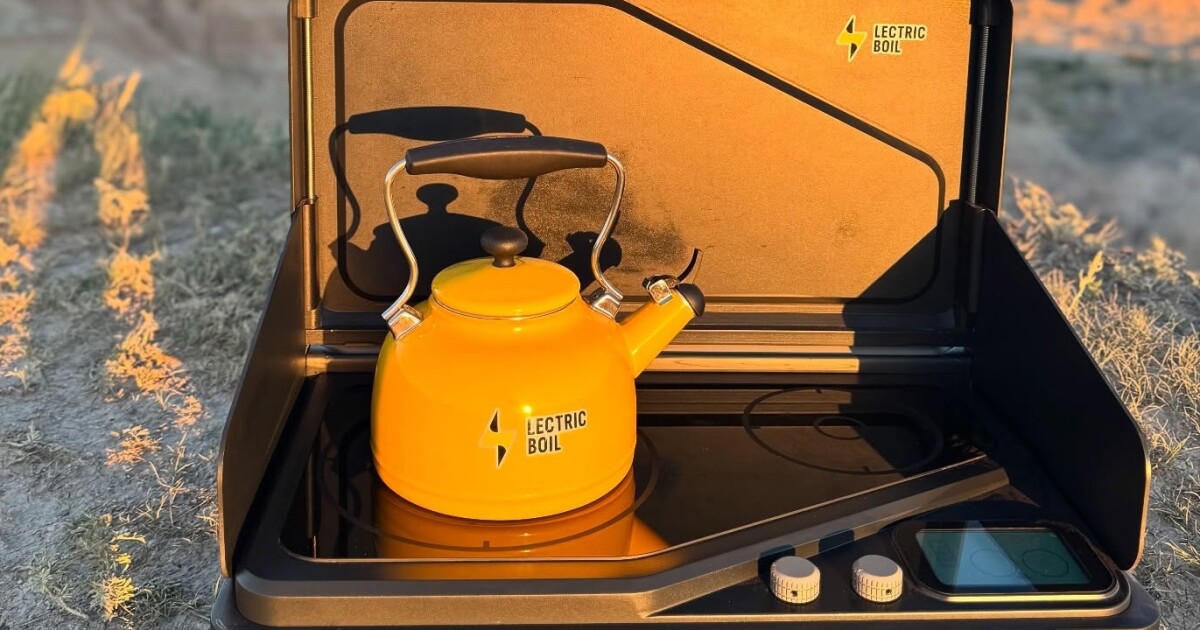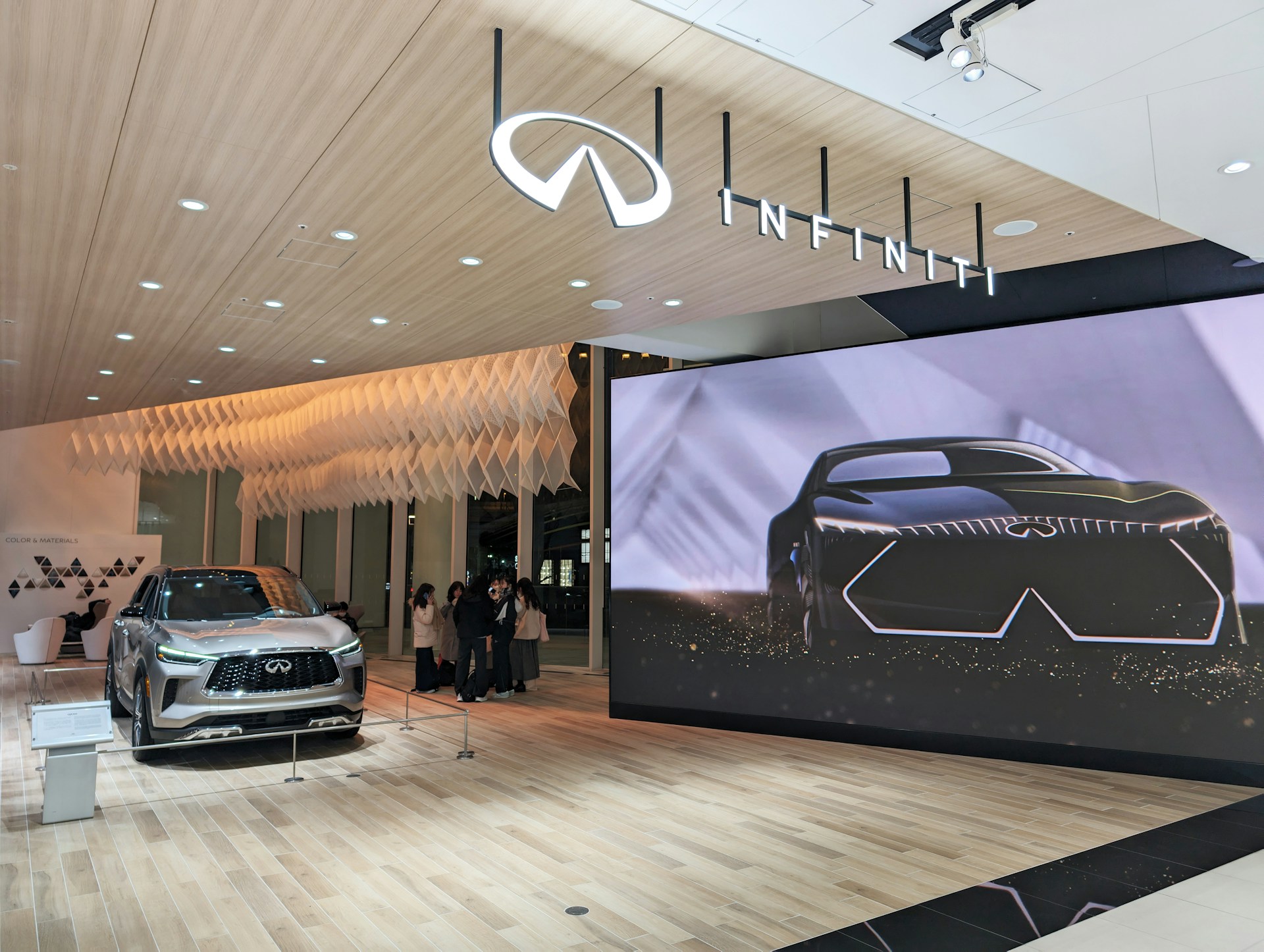Probably no surprise to those who chronicle our fractured behaviors, we have become unwilling to compromise. As uncompromising consumers, we want benefits that contradict and complement at the same time. We want brands to consistently deliver a paradox promise.
A paradox promise is when a brand offers and delivers the optimization of two contradictory benefits. Success today requires brands to address needs-driven, occasion-based conflicts by developing compelling, trustworthy branded paradox promises that deliver relevant, differentiated (brand) experiences. In every category, the challenge is to identify the biggest, most relevant paradox promise opportunity. Paradox promises address desired yet conflicting needs by delivering the benefits of an optimized whole. Promising and delivering branded Paradox Promises generates enduring profitable growth.
This article is part of Branding Strategy Insider’s newsletter. You can sign up here to get thought pieces like this sent to your inbox.
The Wall Street Journal and The New York Times recently ran stories that in essence seem to reflect this behavioral – paradox – contradiction in America. The New York Times reported that consumers are cutting back on their grocery purchases and doing everything possible to stretch a dollar, foregoing conspicuous consumption for frugality. At the same time, paradoxically, The Wall Street Journal reported that Instacart, the food delivery service, is performing exceptionally well, with increases across the board. Customers are cutting back, but they are still spending on the valuable benefits of home grocery shopping.
Using Instacart incurs fees, including an optional but highly recommended tip. It is also true that with Instacart, the price of a particular grocery item may sometimes be higher than if the shopper were in the store. Grocery stores like Hannaford, Kroger and Walmart also offer own-store delivery with fees and tips. The same applies to Whole Foods, which can leverage Amazon’s extraordinary logistics.
Of course, not everybody who scrimps for frugality is spending on delivery as opposed to in-store shopping. But, enough people are using delivery to make Instacart look really good to Wall Street.
The value of home delivery is probably not in the price. The value is in the other two brand costs, which are time and effort. Time and effort are expensive, too. With Instacart, I can save money by saving time and expending effort more productively. Gas expenditure is eliminated. Parking space searches are eliminated. Time to arrive at, shop – sometimes at multiple stores- and return home are eliminated from a daily schedule. Efforts such as traveling in a storm are eliminated. Work is not interrupted. When you only consider the price, you miss the point.
Instacart delivers the benefits of grocery shopping with the benefits of no unnecessary (costly) time spent and little effort required. Grocery shopping without grocery shopping. Fashionable frugality. Functional frugality.
Paradox promises have been used in marketing for a long time.
- Palmolive dishwashing detergent had manicurist Marge telling housewives that Palmolive was hard on dishes but soft on hands. In fact, your finger tips are soaking in Palmolive.
- Diet Coke surprised customers with soda that tasted great with no calories.
- Apple made high-tech computers easy to use.
- The Gap gave us clothing that provided identity just like all of my friends.
- Target offered affordable style.
In the early 1990s, I had the opportunity to work with The Franklin Mint on its brand promise. If you are unfamiliar with The Franklin Mint, The Franklin Mint manufactured and mass-marketed “collectibles” such as large, sculptured American eagles, Star Wars chess sets, commemorative cups, saucers and plates, coins, dolls, knives, and die-cast vehicles. The Franklin Mint objects were designed for display and curio cabinets. For the owner, these collectibles were not trinkets or tchotchkes; they were collector’s items, they were art.
The Franklin Mint may have been dismissed as low-class and trashy, but it was successful because of its paradoxical promise: art for the masses. Not everyone can afford a museum-worthy piece of artwork. Not everyone had access to a museum or could afford the entry fee. The Franklin Mint offered “museum-type” pieces that anyone could afford. These items were investments. Anyone could become a “collector” of art. The Franklin Mint’s “art for the masses” provided a sense of social standing and style just like an Alessi tea kettle from Target.
At The Franklin Mint, you could buy Laurel Burch-designed satchels and other items. Way before Target offered its paradox promise of affordable style, The Franklin Mint offered Laurel Burch jewelry and gifts featuring Ms. Burch’s whimsical, bold, and colorful cat and animal designs.
Chipotle was built on a paradox promise. Sure, the enormity of the burrito was fantastic. But, in a world of “processed” fast food, Chipotle offered Food With Integrity. In a conversation about fast food with founder Steve Ells, he pointed out that there is nothing wrong with “fast” – “I can take a baguette with olive oil and vegetables and Neiman Ranch meats and put this together quickly. Nothing wrong with fast. The problem is with the food.” Do you want overly processed, unrecognizable, extruded food formed into patties and nuggets? Would it not be better to have ethically-raised, sustainable, honest “real” food ingredients?
Real fast food. Food with Integrity.
Infiniti is another brand with a paradoxical promise. Look beyond the travails of the automotive industry at the moment. At the start of the Carlos Ghosn and Nissan “Renaissance” in 1999, Infiniti was a troubled brand.
Infiniti was at least 10 years past its original launch date. Its introduction to the US consisted of commercials where the car was in a forest. Drivers and potential drivers were not entirely sure what the Infiniti brand stood for, not only in terms of image (which is very important with cars), but also in terms of driving experience. Infiniti’s competitor was Lexus, also introduced at the same time. Lexus focused on its stability, comfortable ride, and luxurious feel. Lexus also had a Toyota heritage and a Toyota price tag.
Many within Nissan believed that Infiniti was on the verge of its demise. Top management questioned the brand’s viability. Infiniti was a financial drain on the corporation. Global brand leaders believed that Infiniti needed to focus. The global brand leaders were determined to keep the Infiniti brand alive.
A paradox promise saved the Infiniti brand from irrelevance.
The serious problem for the brand was the concept of ‘Japanese Luxury.” Aside from Mikimoto pearls, no one had a clear definition of Japanese Luxury and how it could be applied to the Infiniti brand. Infiniti’s success depended on satisfying a need rather than stressing the vehicle’s features. Features support the brand benefits. So, what were the Infiniti brand’s benefits? What was the Infiniti brand experience?
As we learn from the doppelgangers, dupes, and AI companions, a picture really is worth a thousand words. As archaic as this may sound in today’s new environment, we conducted a PhotoSort with the Infiniti brand team members. A PhotoSort is an exercise where participants sort a deck of photographs across several questions. For example, quickly sort the photographs into two piles: those that have anything to do with Infiniti and those that do not. Of the photographs that have something to do with Infiniti, please select the 10 most important photographs, the photographs that you believe reflect the most important aspects of Infiniti. Participants then find the words to describe their thoughts about each of the photographs.
At the end of the exercise, we looked at the results and were surprised by the consistency of the visual pattern. We were also surprised at the paradox visible in the photographic selections.
There was an antique chair and an ultra-modern chair. There was a wood-burning stove and an Aga range. There was a high-end, intricate, traditional Swiss watch and a Swatch watch. There was a covered bridge and a Calatrava bridge. There was a Tiffany lamp and an IKEA lamp. A thatch roof cottage and a Frank Llyod Wright glass house. What we saw was old and new; tradition wrapped in modernity; piety and performance.
Working with the team, we developed a way of explaining Infiniti’s Japanese luxury. The industrial designers in the team explained how they could bring the optimization of Japanese heritage, tradition, and modernity to life in a vehicle’s image and driving experience. A key element of the Infiniti brand was the concept of anchoring Infiniti’s traditional Japanese DNA in the future.
As a marketer, your job is to compete. Compete differently with The Blake Project.
For any brand, the solution to the paradox must be built into a total brand experience; a brand experience that is trusted and of value to the customer. This involves generating functional benefits along with emotional and social rewards. These benefits and rewards must be defined in ways that the brand can own. Building a trustworthy, uniquely compelling total brand experience – maximizing a paradox – that is worth the cost is critical in today’s marketing and business environment.
A Paradox promise is not a brand panacea. Sound brand management is a necessity. However, a paradox promise is a powerful approach to addressing the needs of a world where people prefer not to make trade-offs. Forcing people to make disagreeable choices or default choices can lead to complacency or grow into anger. “Good enough” does not lead to loyalty. The paradox promise does not mean you can have it all, nor does it mean that you are receiving a little bit of everything: it means, in this choice situation, a customer does not have to choose one desired benefit over another. The customer can have the best of both.
Contributed to Branding Strategy Insider by: Joan Kiddon, Partner, The Blake Project, Author of The Paradox Planet: Creating Brand Experiences For The Age Of I
At The Blake Project, we help clients worldwide, in all stages of development, define and articulate what makes them competitive and valuable at pivotal moments of change. Please email us to learn how we can help you compete differently.
Branding Strategy Insider is a service of The Blake Project: A strategic brand consultancy specializing in Brand Research, Brand Strategy, Brand Growth, and Brand Education
Post Views: 0








